The first data release from the CEERS survey features a region known as the Extended Groth Strip and sends viewers back to shortly after the Big Bang.
past the red end of the visible light spectrum to infrared. The longer the light has traveled, the more extreme the redshift it experiences, making infrared the best way to see early galaxies.
"This observatory just opens up this entire period of time for us to study," Rochester Institute of Technology researcher and CEERS investigator Rebecca Larson said in a."We couldn't study galaxies like Maisie's before because we couldn't see them. Now, not only are we able to find them in our images, we're able to find out what they're made of and if they differ from the galaxies that we see close by.
Australia Latest News, Australia Headlines
Similar News:You can also read news stories similar to this one that we have collected from other news sources.
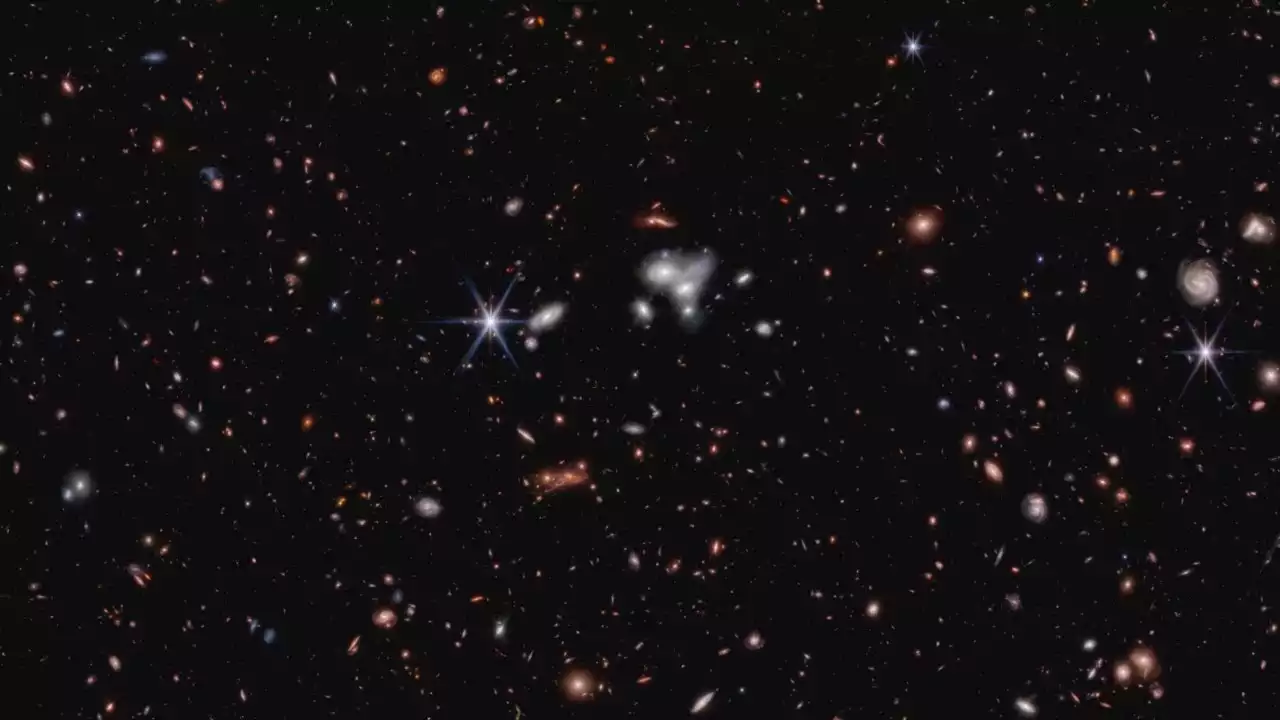 James Webb Space Telescope detects most distant active supermassive black hole ever seenA team of researchers has used the James Webb Space Telescope to uncover the most distant active supermassive black hole seen to date, as well as other finds.
James Webb Space Telescope detects most distant active supermassive black hole ever seenA team of researchers has used the James Webb Space Telescope to uncover the most distant active supermassive black hole seen to date, as well as other finds.
Read more »
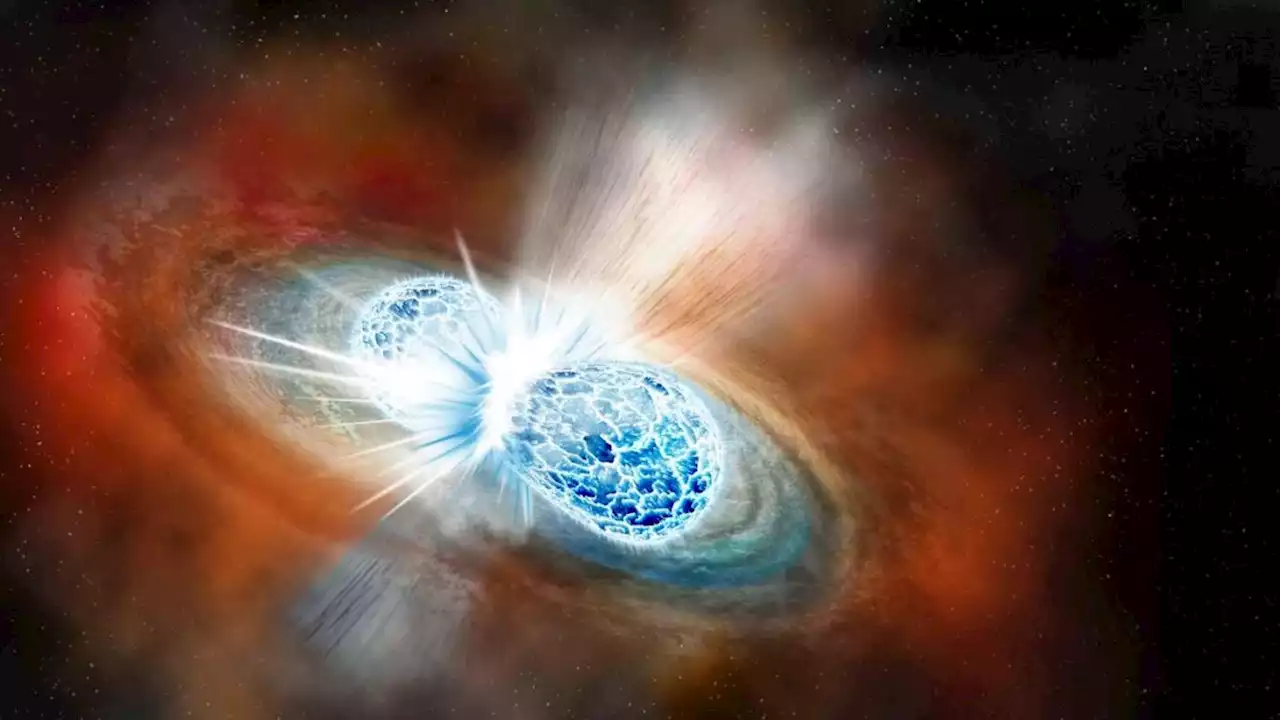 James Webb Space Telescope spots violent collision between neutron starsThe telescope traced an incredibly bright gamma-ray burst to a kilonova, a dramatic event believed to forge heavy elements like gold.
James Webb Space Telescope spots violent collision between neutron starsThe telescope traced an incredibly bright gamma-ray burst to a kilonova, a dramatic event believed to forge heavy elements like gold.
Read more »
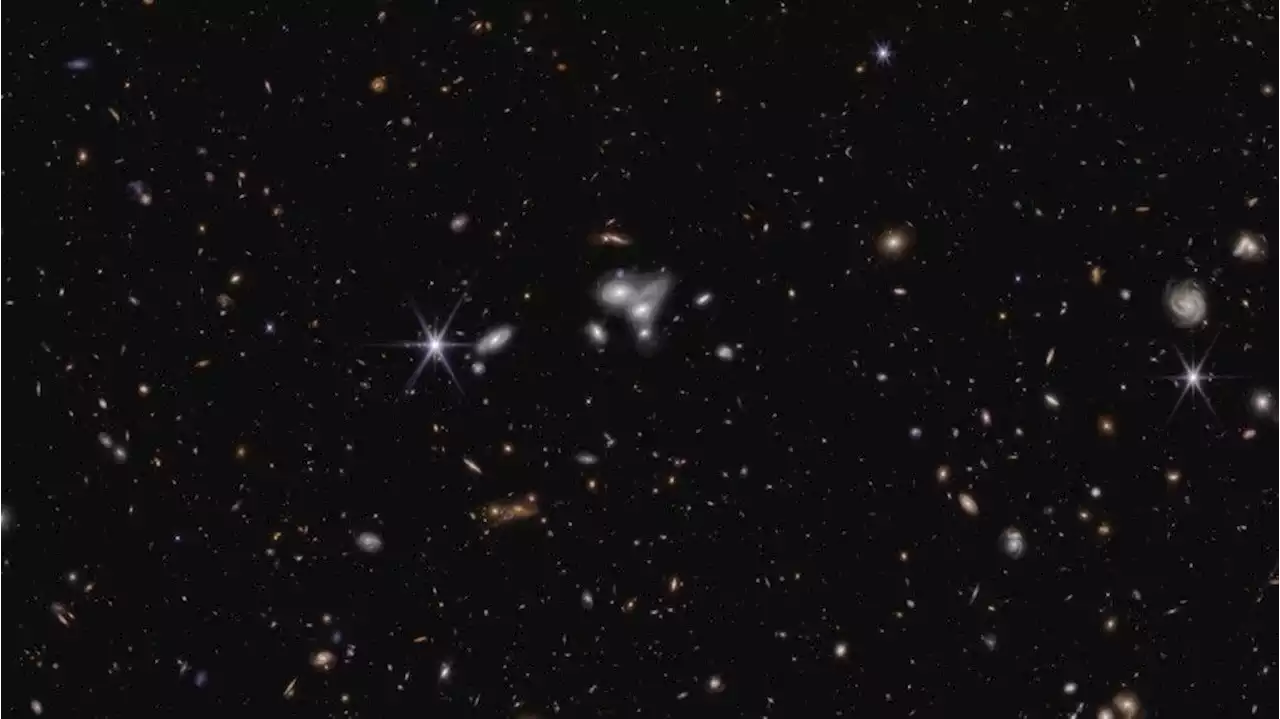 James Webb telescope discovers the oldest active black hole in the known universeAstronomers using the James Webb Space Telescope have discovered a feeding supermassive black hole from when the universe was less than 600 million years old.
James Webb telescope discovers the oldest active black hole in the known universeAstronomers using the James Webb Space Telescope have discovered a feeding supermassive black hole from when the universe was less than 600 million years old.
Read more »
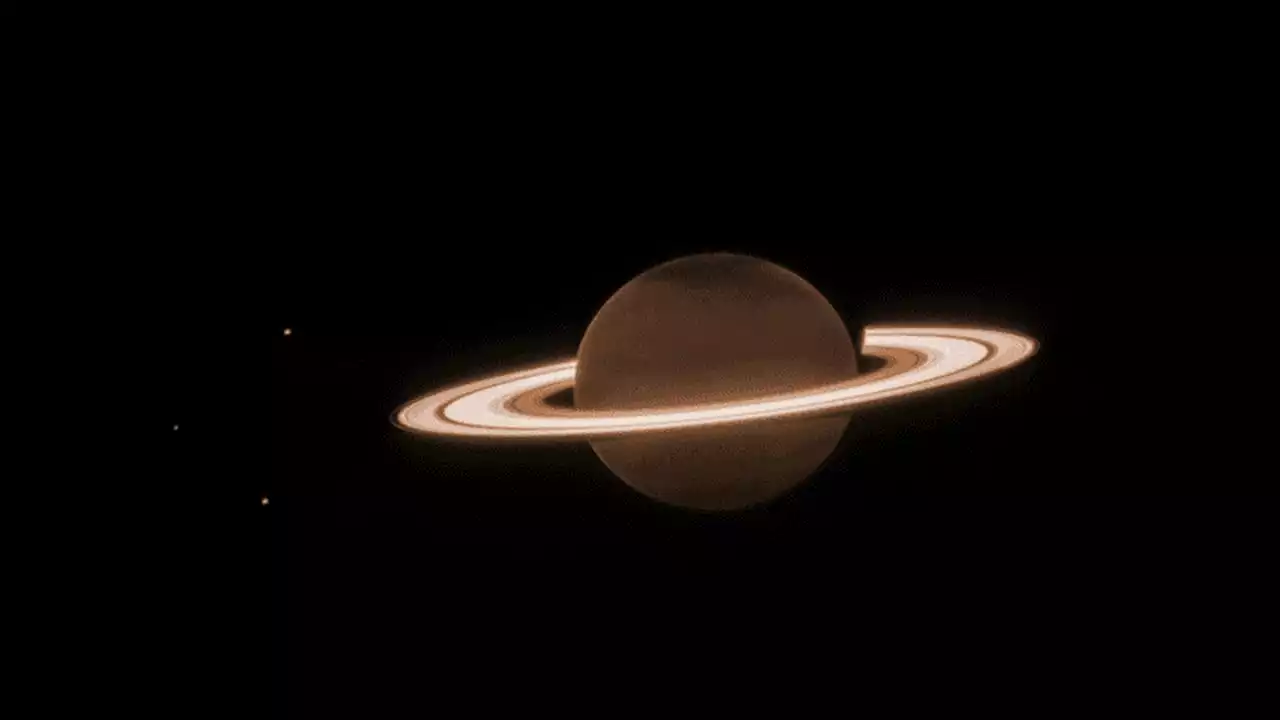 As new Webb telescope images dazzle, chief engineer plans Alabama talkNew James Webb Space Telescope images of Saturn and its rings are fascinating scientists and the public alike. The contrast between the planet’s methane-covered surface that absorbs sunlight and the bright icy rings outside the methane lead “to the unusual appearance” of the planet, NASA said.
As new Webb telescope images dazzle, chief engineer plans Alabama talkNew James Webb Space Telescope images of Saturn and its rings are fascinating scientists and the public alike. The contrast between the planet’s methane-covered surface that absorbs sunlight and the bright icy rings outside the methane lead “to the unusual appearance” of the planet, NASA said.
Read more »
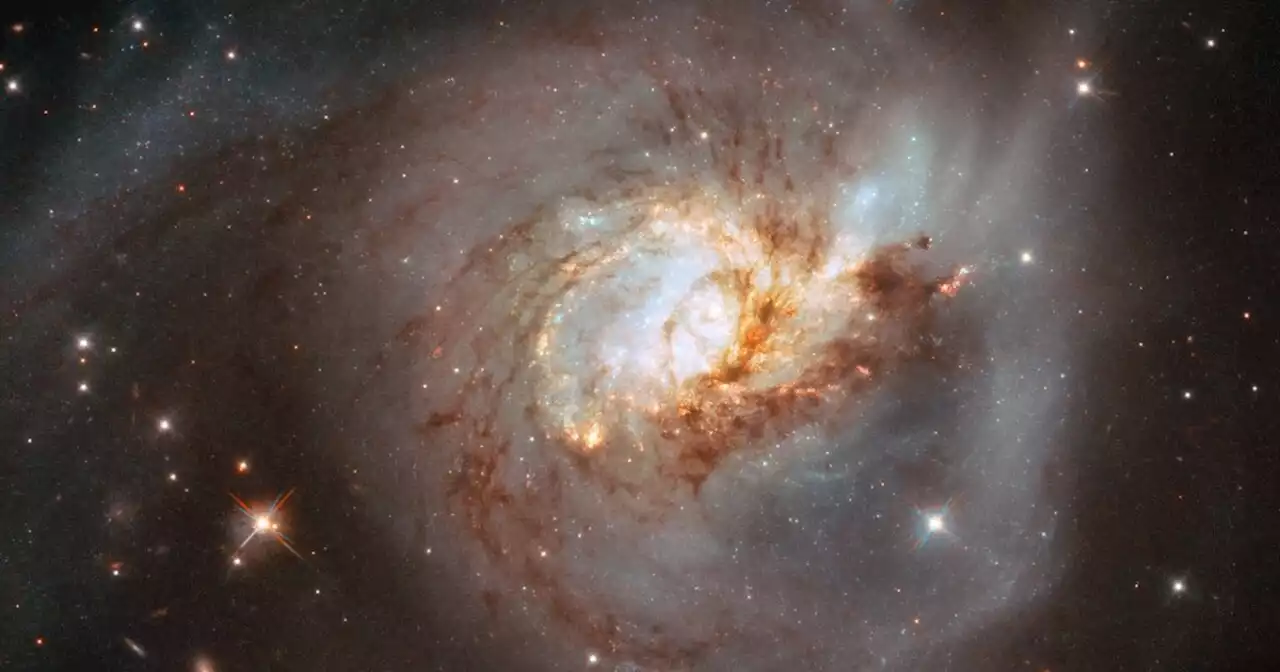 See a comparison of images from Hubble and Webb | Digital TrendsHubble and the James Webb Space Telescope operate in different wavelengths. That means that they can see different aspects of the same objects.
See a comparison of images from Hubble and Webb | Digital TrendsHubble and the James Webb Space Telescope operate in different wavelengths. That means that they can see different aspects of the same objects.
Read more »
